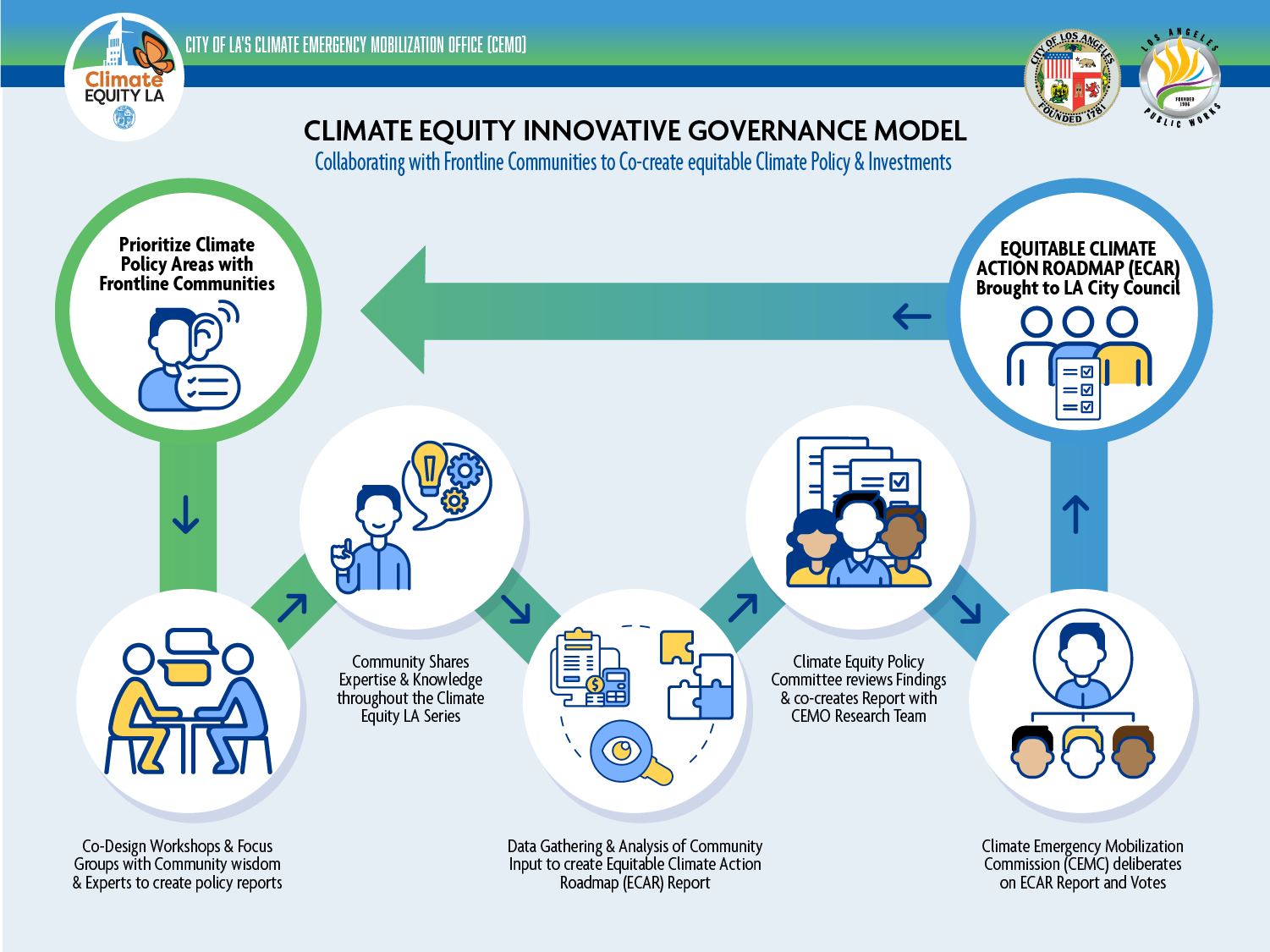There are a variety of local, state and federal policies in place designed to promote the adoption of photovoltaic or solar power systems in the United States. Examples include the federal Residential Renewable Energy Tax Credit, the California Solar Initiative rebates and the Los Angeles Department of Water and Power (LADWP) Net Metering program. These policies operate by reducing the economic barriers to solar power adoption, while other potential strategies like public outreach focus on educating the general public on the economic and social benefits of solar adoption. like public outreach focus on educating the general public on the economic and social benefits of solar adoption.
Ultimately, the adoption of solar power in residential settings depends on many factors, including finance and homeowners’ perceptions and social influences, as well as regulatory and technological factors. These confounding factors influencing residential solar power adoption rates are far too complex to be fully analyzed using traditional economic models. Thus, a new method is needed to better understand what policies are most effective at increasing solar power adoption in residential areas.









